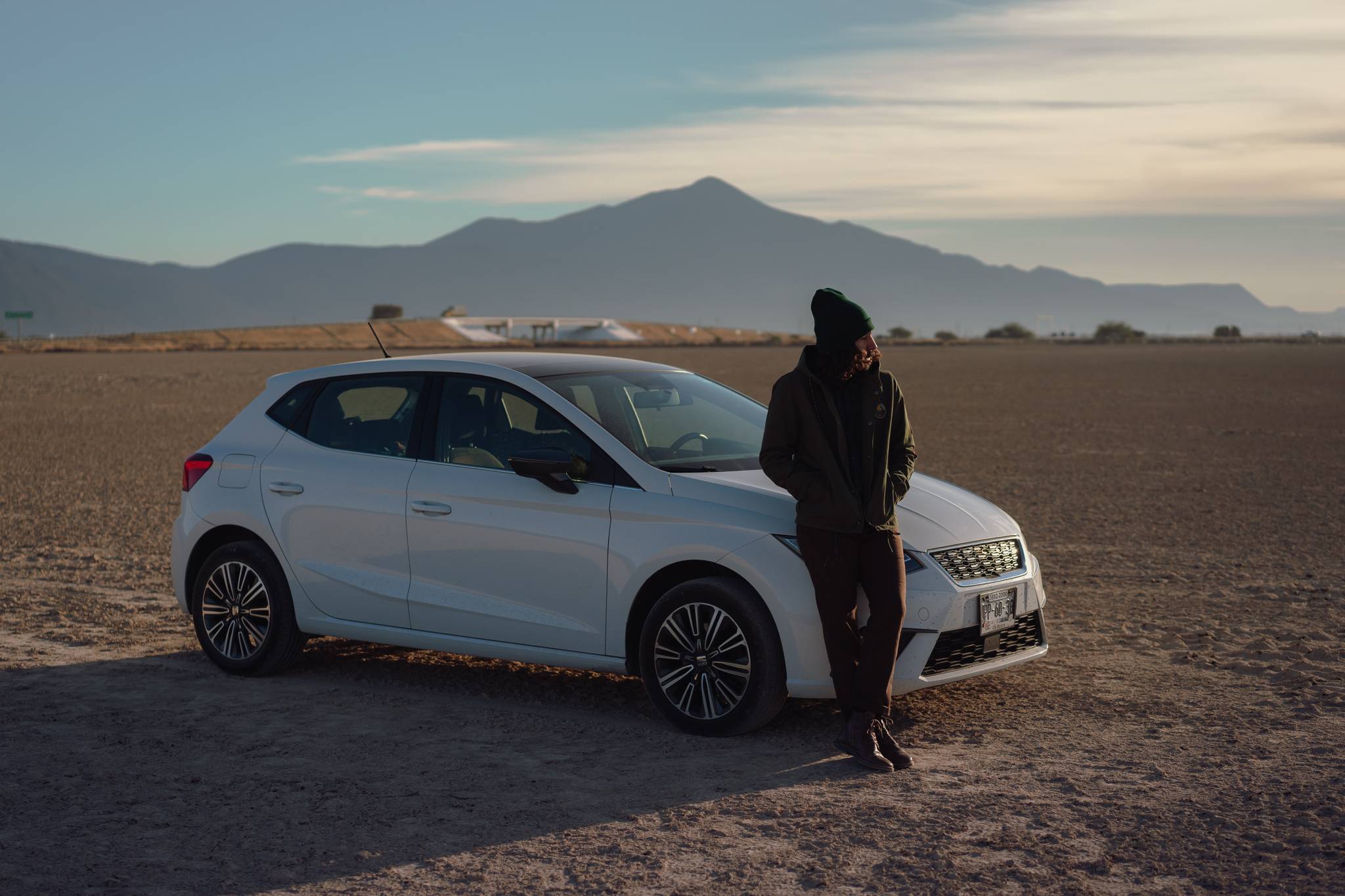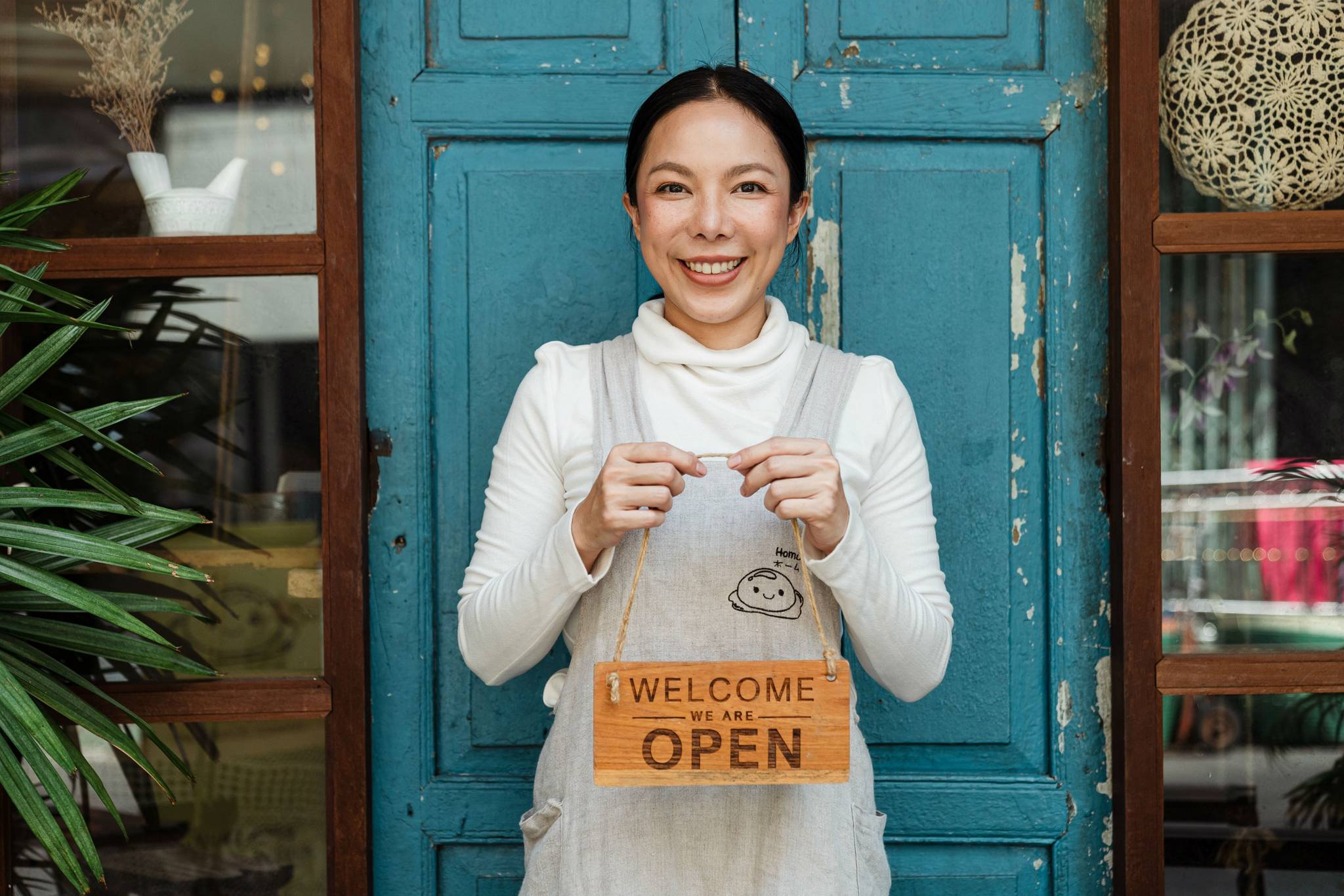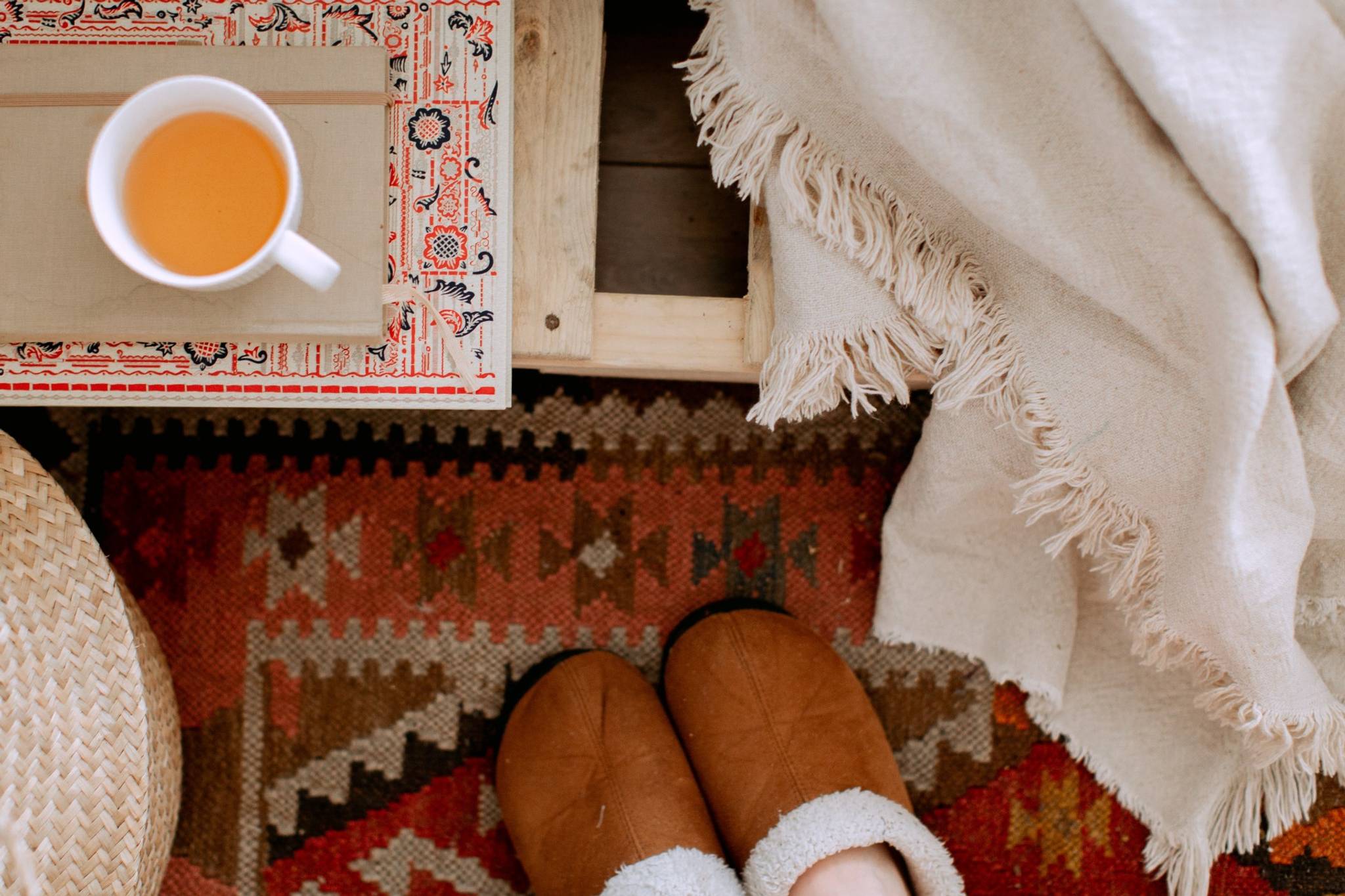
Working together to heighten exposure to new audiences, brands are testing out collaborative partnerships in the hope of spurring viral sales. In one week, Louis Vuitton, Nike, Dior and Balenciaga all debuted collaborative drops. But as consumers drown in newness, will this collab frenzy last?
The more unexpected, the better the collab
Balenciaga and Crocs have come together in a fashionable footwear twist, Fendi teamed up with Versace on a ‘Fendace’ collection that swapped creative visions to celebrate the legacy of both fashion houses, Moncler is known for collaborating with a range of brands, and Valentino has even partnered with e-commerce giant Alibaba on a one-of-a-kind 3D pop-up shop in Bejing.
Brands coming together to collaborate has long served as a way for both parties to drive press attention and awareness, boost their relevance by tapping into each other's audiences, and expand product categories and ranges through shared resources such as a partner's expertise and supply chains.
In an age where brands can make a small fortune on viral products, can quirky collaborations like Gucci teaming up with The North Face and Francis Bourgeois appeal to the 71% of consumers that enjoy co-branding partnerships?
Innovative partnerships generate sales
Here's the thing, authenticity and exclusivity are important to today's shoppers with brand names (52%) and exclusivity (39%) affecting many consumers’ purchasing decisions. Unexpected, fresh, and innovative collaborations can gauge these consumers' interests, and ultimately affect what direction a brand chooses to go in next.
Successful brand collaborations have seen Adidas sell more than 70 million pairs of Stan Smith sneakers since 1978, and in 2020, an Instagram post from pop star Justin Bieber alluding to a potential collaboration with Crocs saw the brand's shares rise to a 13-year high.
Around 43% of consumers say they would try a co-branded product from a company they already like and are supportive of, and 78% of luxury shoppers consider a brand's commitment to innovation as important. By expanding brand universes to work collaboratively together, rather than against each other, brands are joining forces so as not to risk getting left behind.



